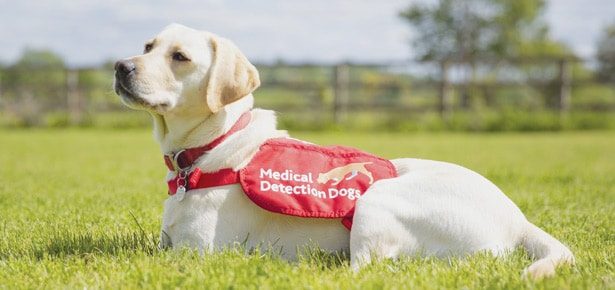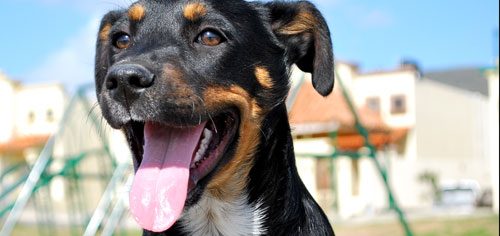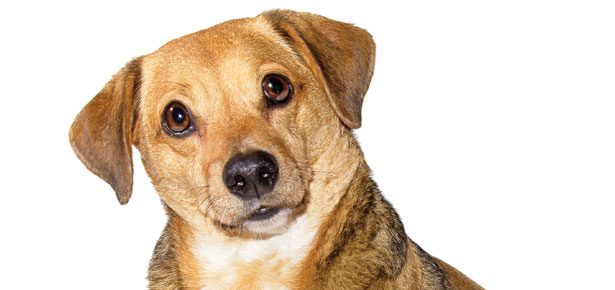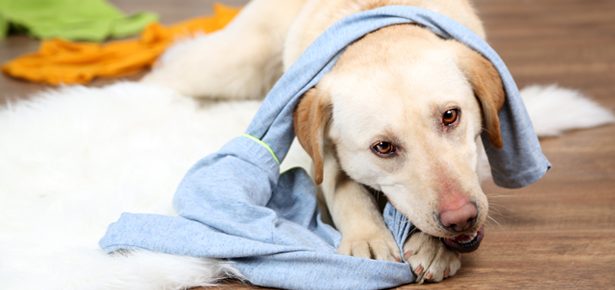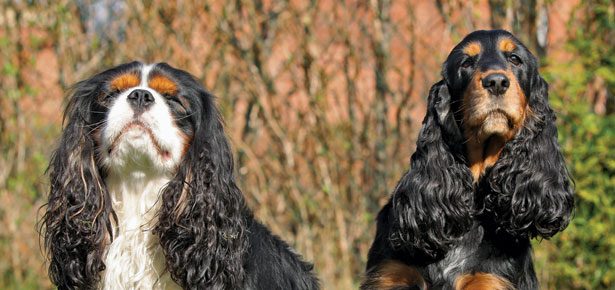
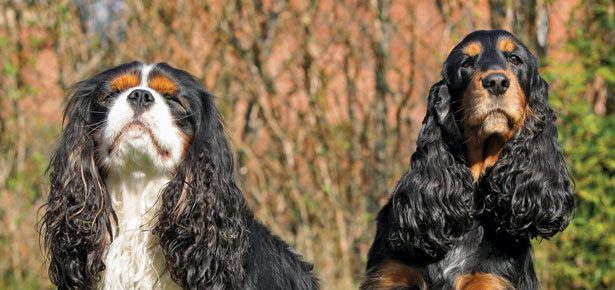
Ask A Trainer
Aggressive Cavalier cross attacks other little dogs
Learn Your Dog’s Triggers
Q:
I have a 16-pound Cavalier mix that gets along well with 95 percent of all other dogs, large and small. The other five percent he will attack. It happens quickly, but I’m trying to look at him for some body language hint that will tell me when he is upset. The only thing I have noticed is that his eyes will get really big if he feels offended by another dog and then he will attack. The victim is always smaller so he knows what he is doing. He has never had a problem with a larger dog. In fact, he looks a bit fearful but always mingles nicely. He lives with two other dogs and will occasionally have a tiff with the other male but never the female. He is fine with many small dogs that act submissive to him. He is neutered and eight years old. I think he is just a bully and there isn’t much I can do to straighten him out except keep him on a leash around smaller dogs. I would love to hear an opinion and a solution if possible.—Carol Carlson
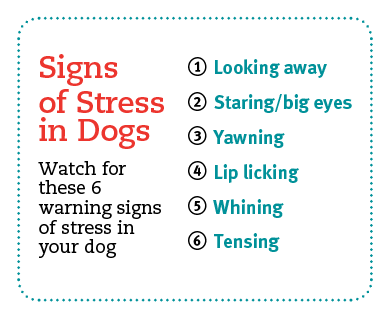
It certainly can be frustrating when you can’t pinpoint a specific cause for your dog’s aggression. Don’t you wish you could just ask him?
Most aggression is based in fear, and you mention your dog does act fearful around larger dogs. When dogs are afraid, they have limited choices. They can flee, shut down, or fight. It may be that your dog is just smart enough to realize that reacting aggressively out of fear with a larger dog is not a good idea! With smaller dogs, he may feel confident enough to try it.
Here is one exercise you can do. The best way to work with this issue is in a controlled setting. Don’t put your dog in situations where he is likely to become the aggressor, or he’ll just have more chances to practice his reactivity. If he’s been doing this his entire life, it’s already going to be quite an ingrained habit.
Get a friend with a friendly dog to help you. Both dogs should be on leash. Position the other dog far enough away so that your dog will notice him, but NOT react. If your dog reacts aggressively, the other dog is too close and the exercise should begin again with the other dog out of sight.
Have your friend walk his dog across your dog’s line of vision, but never coming close enough so your dog will react aggressively. As long as the other dog is in your dog’s field of vision, feed your dog super delicious treats. When the other dog goes out of sight, all treats and attention should stop. Repeat. Over multiple sessions, depending on progress, your goal will be to gradually reduce the distance between the dogs. Keep all sessions short, only a few minutes at a time. With time and practice, your dog should learn to associate the dog’s appearance with food. He will start to enjoy the appearance of the other dog rather than fear it.
As always, if the problem escalates please consult a reward-based trainer in your area. And also remember, it’s normal for dogs to not love every other dog they meet. Your dog certainly shouldn’t be attacking other dogs, but it’s not unusual for dogs to enjoy the company of some dogs and not others. After all, we don’t like everyone we meet, either!
Teoti Anderson, CPDT, owns Pawsitive Results (getpawsitiveresults.com) and is the past president of the Association of Pet Dog Trainers. She is the author of Your Outta Control Puppy, Super Simple Guide to Housetraining, Quick and Easy Crate Training, and Puppy Care and Training.
Join the newsletter and never miss out on dog content again!
"*" indicates required fields
By clicking the arrow, you agree to our web Terms of Use and Privacy & Cookie Policy. Easy unsubscribe links are provided in every email.

